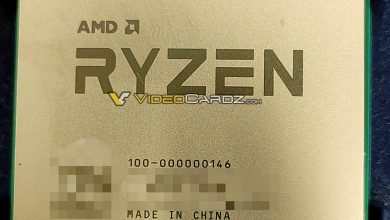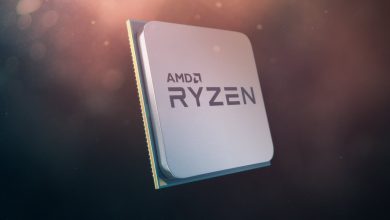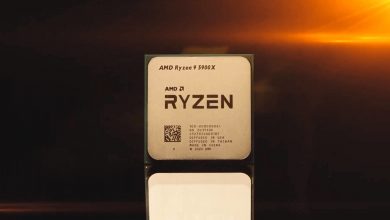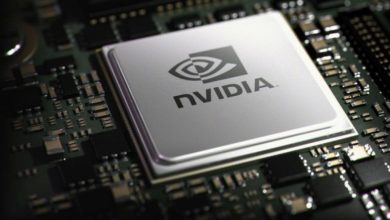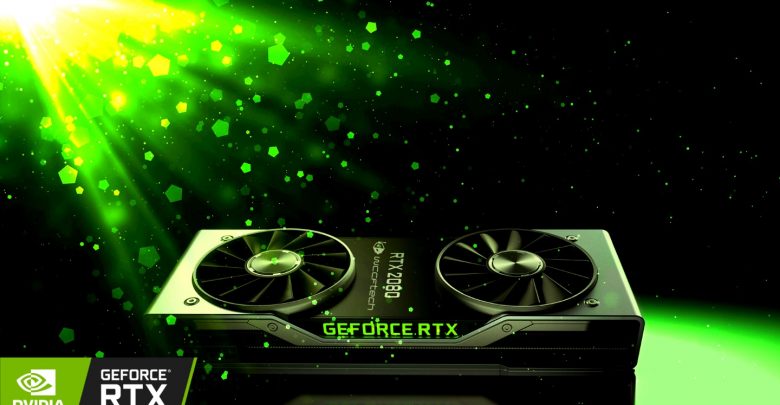
When AMD launched their 6000 series of graphics cards, the main feature that made them stand out was the SAM or Smart Access Memory. This is a feature that effectively expands the data channels between it’s Ryzen CPU and Radeon GPU, giving the Ryzen system access to all of the Radeon GPU’s buffer memory. This proprietary feature is only available for Ryzen 5000 CPUs and Radeon 6000 GPUs.
Nvidia is making their version open for both AMD as well as Intel CPUs
Being the only company that’s able to offer both its own graphics cards as well as CPUs, at least for now, AMD made a lot of noise about the potential performance boost their new SAM could offer when pairing their latest Ryzen 5000-series processors with the Radeon RX 6800-series GPUs. On their own each should be a great standalone slice of silicon, but what makes this special is that they come together to form a gaming PC that’s greater than the sum of its parts.
The AMD Smart Access Memory (SAM) feature promises up to 11% higher gaming performance across select titles by utilising both of AMD’s CPUs and GPUs working in unison. The basic theory is that currently the way gaming PCs are set up means that in Windows-based systems the processor can only gain access to a small part of the graphics card’s memory at any given moment, which has the potential to limit gaming performance.
Among all the games, Forza Horizon 4 has achieved a performance improvement of 11% in 4k, whereas other games get very little performance uplift, but as long as they’re getting a slight boost, it’s better than getting no boost at all.


Based on a tweet from Gamers Nexus, Nvidia is using a resizable BAR which is part of the PCI Express for using their version of SAM.
From NVIDIA, re:SAM: “The capability for resizable BAR is part of the PCI Express spec. NVIDIA hardware supports this functionality and will enable it on Ampere GPUs through future software updates. We have it working internally and are seeing similar performance results."
— GamersNexus (@GamersNexus) November 12, 2020
This new technology feature will not require a PCIe Gen 4-compatible platform as it will be supported by PCIe Gen 3 systems as well. BAR basically defines how much discrete GPU memory space can be mapped. Modern PCs are typically limited to 256 MB of mapped memory.
So while Nvidia has gone to great lengths in order to get their version of SAM out to the public, they have even repeated that it will not make much of a difference to the system performance. It’s great that both companies are taking aim at potential bottlenecks, and it’s also great that AMD has taken the lead and is encouraging Nvidia to make an equivalent feature part of its own new graphics card stack.
We hope that AMD and Nvidia, including Intel keep competing in the market as healthy competition is what drives companies to get better products at more affordable rates.
Are you excited for Nvidia’s version of AMD’s Smart Access Memory? Do let us know in the comments below!

